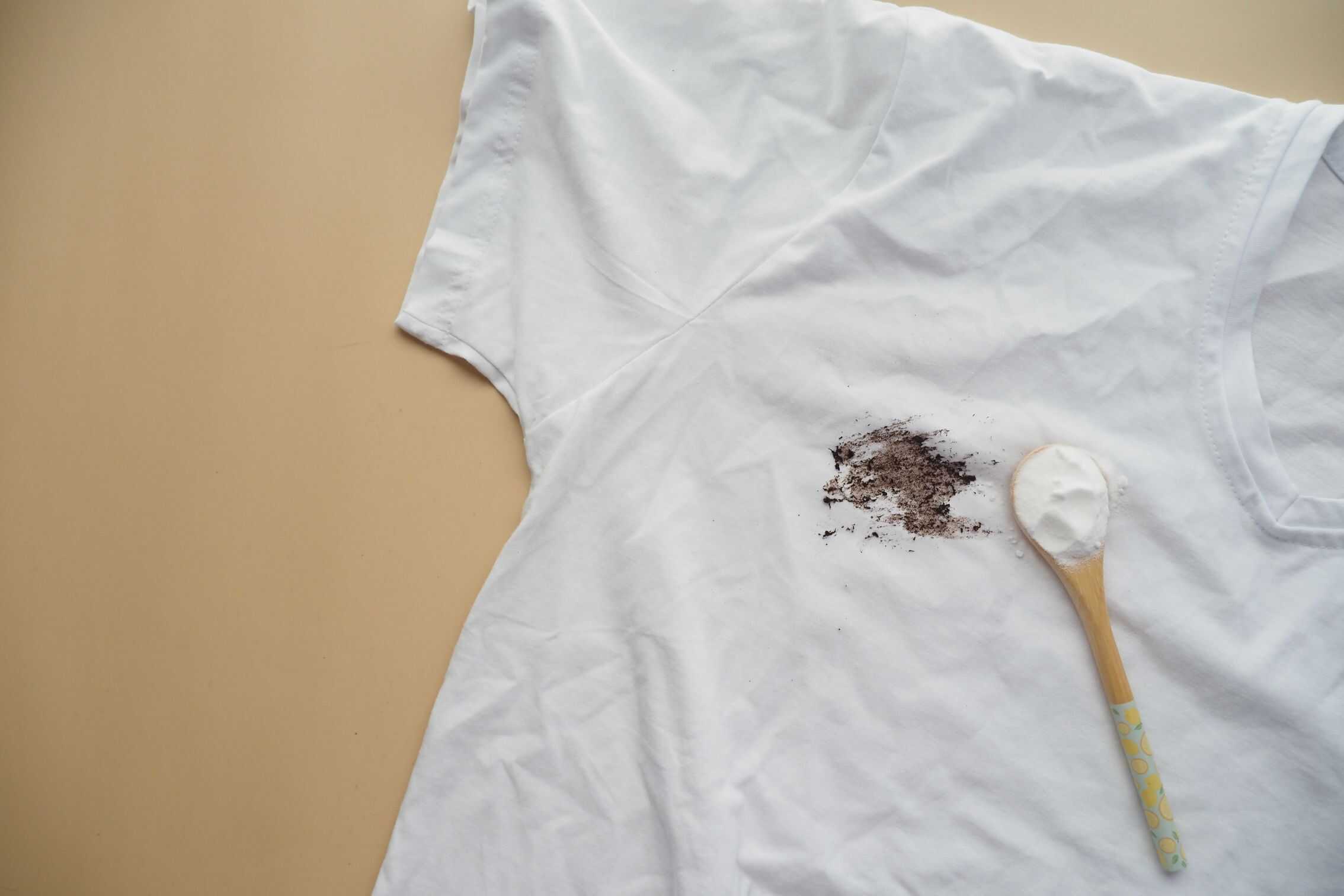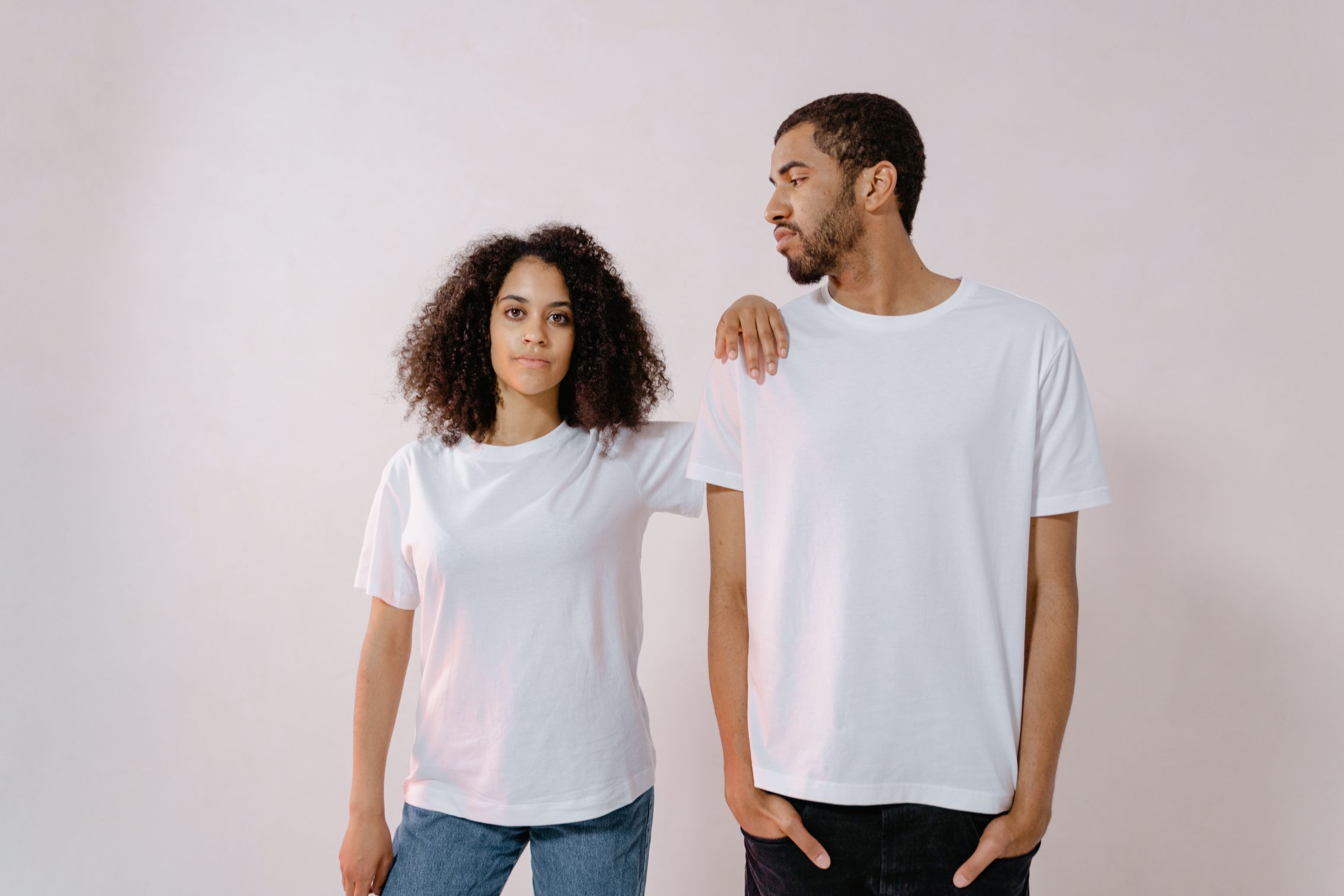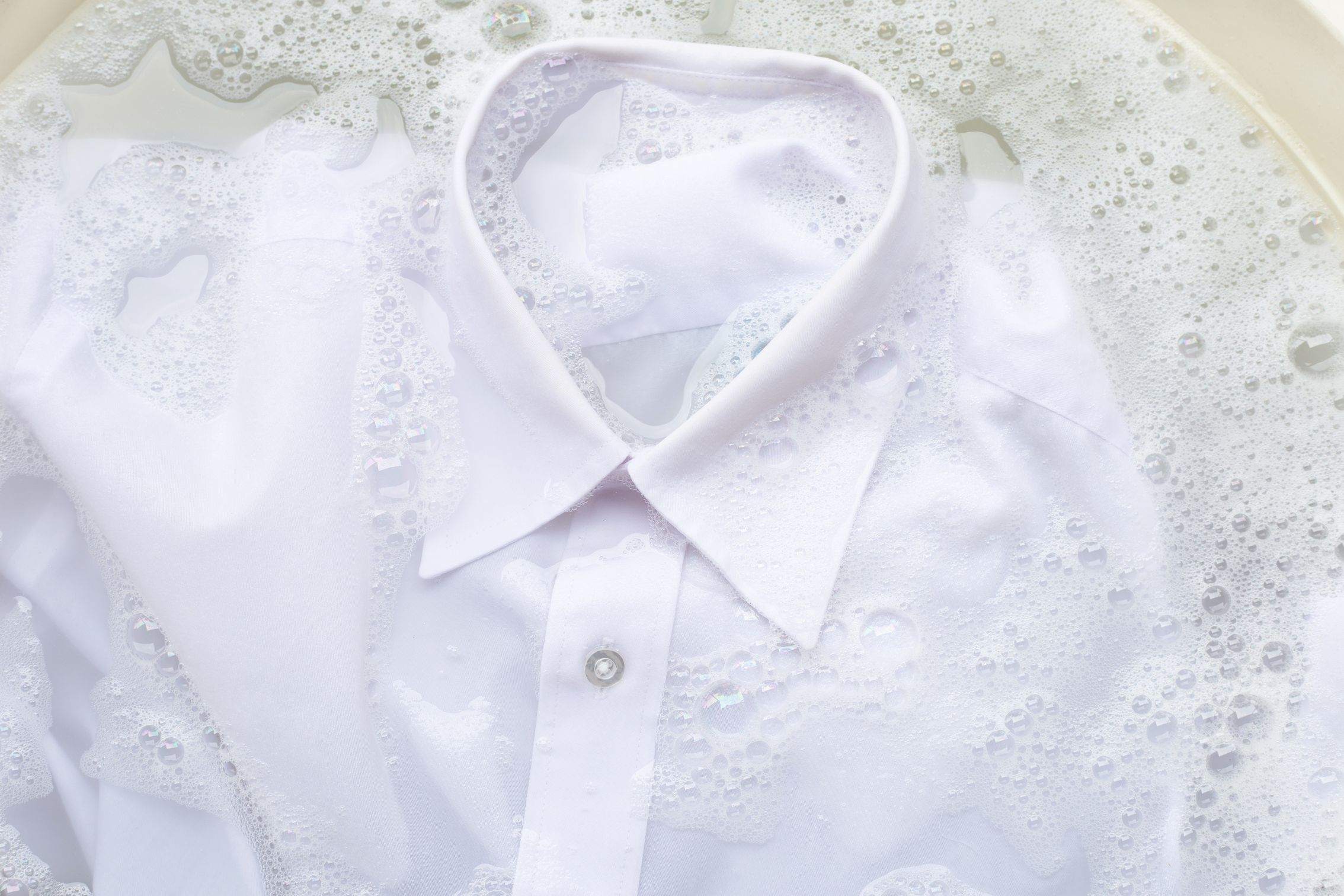What to Do With Old Photos
– Reuse and Disposal Options Covered!
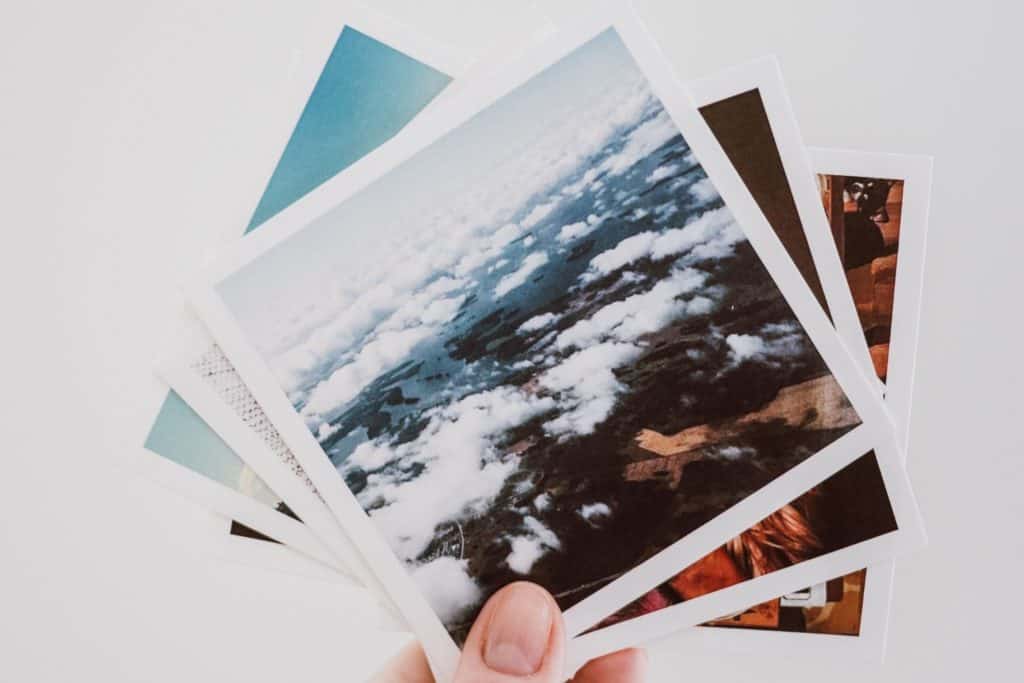
This post was last updated in 2023
It is less common nowadays but it can still happen – you are cleaning out a space and you discover a whole stack of forgotten photos. Printed photos. Remember those?
That happened to me a few years back. As I was decluttering I came across a box of photos from my 20s. As we no longer had digital copies, I made sure we digitised them but then I was left with a stack of photos I no longer needed.
You might find yourself in the same position – you have a box of photos that you no longer need and you’re wondering what to do with them.
If you are wondering what to do with old photos there are a lot of reuse ideas out there. You could use them to make cards, decorations, collages, placemats, unique gifts or let your kids get crafty and have at it. If these options do not appeal to you, you can recycle or compost your photos.
But there are a few things you will need to check before you jump to recycling or composting your photos.
If you want to know about any of these options, click on the links below:
Reuse options for your old photos
If you are wondering what to do with your old photos, reuse is always the best way to go. Here are some options for you to consider:
1. Use them as cards
Simply write on the back and use them as cards for a special occasion.
Or you could get fancy and use some card stock to create a stack of cards to use for any occasion. Gives that extra personal touch to your gift 😉
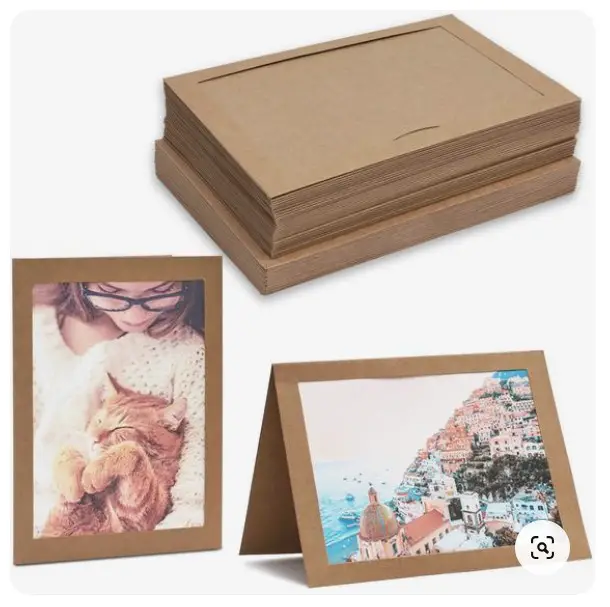
2. Use them as decorations
Create some bunting out of your photos to decorate your home or use them as party decorations for a special occasion.
I’ve been to parties where they have set up photo buntings and they are always a hit – it ends up becoming a talking point and never goes unnoticed.
3. Create a collage or album with your kids
This works well for younger kids. Get an old notebook, give them the photos and allow them to cut them up and put together a scrapbook photo alumn.
Or make it a family affair and get into it with them 😊
4. Create a personal gift for a special loved one
Springboarding off the collage idea, you could create a tasteful design and frame your collage of photos to give to a special loved one.
Grandparents in particular would appreciate something like this.
5. Create placemats
Paste your old photos on a piece of cardboard and laminate it to make placemats that can be reused every day
6. Stick them onto any surface!
Grab some Mod Podge and get creative!
You can get a collage going onto any surface that Mod Podge will adhere to.
As an example, you could create a photo collage wall:
If you are not familiar with Mod Podge, you simply apply a thin layer to the surface you want to stick your photos onto, arrange your photos onto the surface and to make sure it stays in place, get a sponge or brush and dab a light layer of mod podge on top.
Here’s a video of two girls creating a photo collage using mod podge (scan to 4:15 to see how the mod podge is used):
7. Throw them in a craft box
If you have young kids and they love to create things, just throw the stack of photos into their craft box and see what they come up with.
No need to be precious about the photos if they were going to end up in the trash anyway right?
Admittedly I have not tried out any of these reuse options. I don’t have young kids and frankly, I’m not a fan of making things I never really wanted or needed in the first place – although the idea of making cards or gifts sounds lovely and is something I will keep in mind.
So what do I do with old photos? I looked into recycling.
And like with all things recycling, it wasn’t immediately clear what to do. But with some research, I got to the bottom of it.
Recycling Old Photos
When it comes to recycling photos, photos printed from film or negatives can not be recycled. That is because these photos contain chemicals that can not enter the recycling stream. Digital photos, on the other hand, can be recycled, since the inks used in printed digital photos are non-toxic.
Photos printed from film or negatives contain metallic silver, which makes it difficult to recycle. Silver is a toxic chemical that can not be removed easily from the recycling stream.
Silver is also known to be toxic, affecting our cardiovascular and hepatic systems. This may explain why many recycling companies do not want this contaminant to enter their recycling streams.
Digital photos, on the other hand, are typically printed using inkjet printers. The ink is a mixture of resins and additives and is generally non-toxic. These items are water-soluble and can be removed in the recycling process. As a result, most digital prints can be recycled.
If you don’t know if you have digital prints or film photos on your hands, there is a way to work it out – if the paper tears cleanly and without any resistance, then it is likely a digital print and is safe to recycle. If there is some resistance, it is likely the photo was printed from film and you need to consider other disposal options.
A word of caution with digital prints: If you are in a council area that can not process glossy paper (this is unlikely but possible) then you should keep all photos – including digital prints that tear easily – out of the recycling bin.
Digital prints are very similar to glossy magazines or printed cardboard boxes. If your council area does not accept these, they can’t handle digital photos either.
Again, unlikely that this would be an issue but it is possible.
Composting Old Photos
When it comes to composting photos, both photos printed from film and negatives and digital prints can be composted. However, you need to make sure your compost is well-cured before you use it. This ensures your compost is safe to use.
There are mixed opionions about this in the composting world – there are some that don’t like the idea of putting photos or anything with chemicals (such as printed paper) in their compost bin while others have absolutely no issues at all and have been throwing items like this into their compost for years.
But those that have tested soils will confirm – it is safe to put these items in your compost.
As noted earlier, printed photos contain several substances. Laser printers use toners, which contain finely ground plastics. Inkjet printers use ink that is made from a range of substances like solvents, colourants (pigments or dyes), resins, varnishes, and additives including drying agents, waxes, and lubricants.
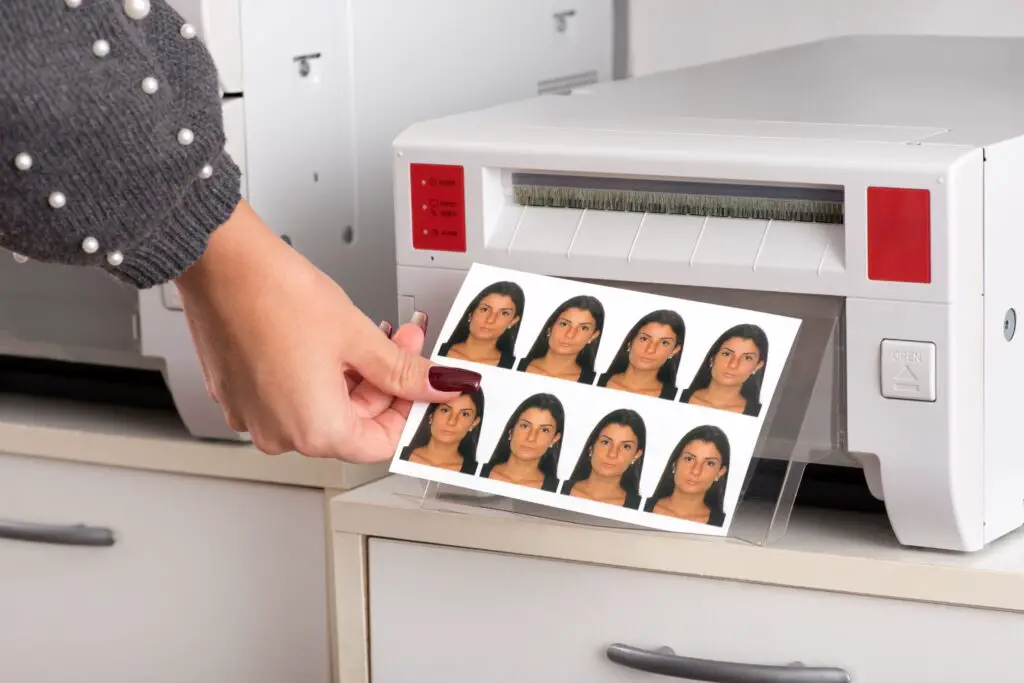
If your photos are digital prints, these are the kinds of chemicals that are likely to be on your photo.
Also, digital photos are like glossy paper. Glossy paper is made from starches or polymers that are heated and polished to create a glossy surface. It is usually made from silica together with polyvinyl alcohol/ polyethylene coating, which ensures the images last.
All to say, these photos are treated with chemicals, mostly plastic-based as well as some natural water-soluble chemicals.
According to the Composting Council in the US, these paper products are considered safe for compost.
Here is the reasoning: A healthy and matured compost will break down most harmful compounds (including inks) or at least bind these chemicals into insoluble forms. This is the benefit of compost – it binds harmful chemicals that are naturally present in soils, making it less available for plants and therefore unavailable for human consumption.
Considering this, the fear that compost becomes toxic when photos (and printed photos) are added is unfounded – toxic contaminants that make it into finished compost are often diluted to undetectable levels once mixed with soil and if present in compost, they are held within the compost and not made available to living organisms.
Is this also true for the heavy metals (i.e. silver) present in photos printed from film or negatives? Are film photos a concern, especially given what I mentioned earlier about silver being toxic?
Well, others have looked into this and following the same reasoning established by the Composting Council in the US, compost can bind heavy metals including silver, making them unavailable to us. So composting film photos should not be an issue.
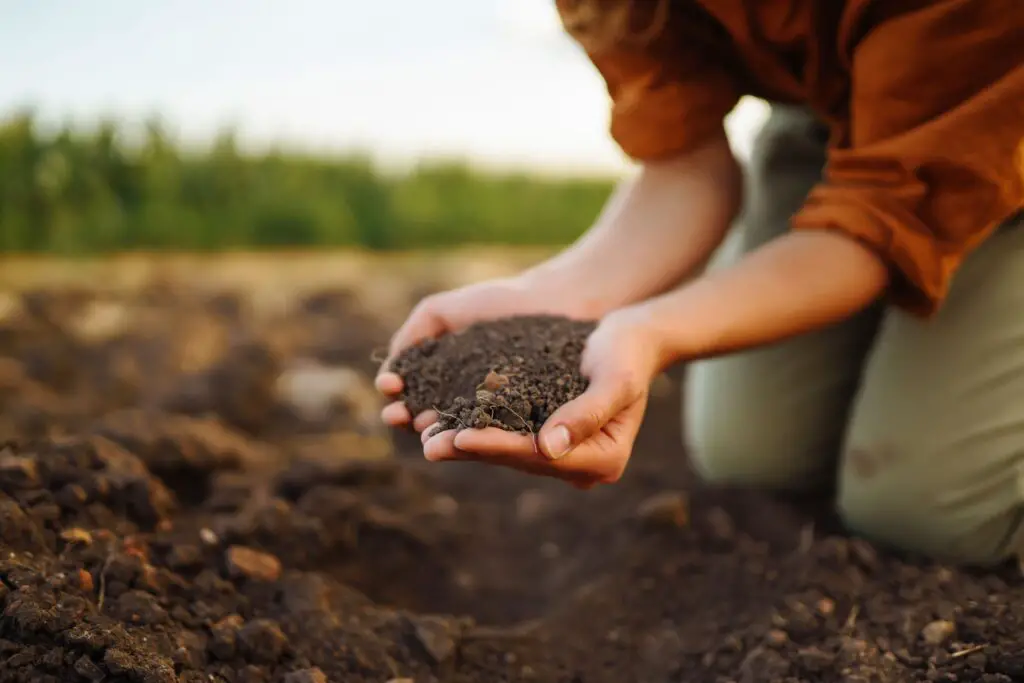
What compost does is “fix” silver and other heavy metals in place. It can’t break them down, but it can provide the chemical structures to lock in these chemicals so they can not be picked up by plants.
But there is one proviso in all of this is – these substances are rendered harmless in fully cured compost.
All of this does not hold for unfinished compost, which still undergoes rapid change and does not provide the structure needed to stabilise toxic or harmful chemicals.
As noted on Planet Natural “The best chance for immobilizing heavy metals is to wait until the microbial storm has passed, the heap has cooled, and the compost has matured. Yes, the compost continues to decay even after it’s cured but change slows drastically”.
Now, whether you are comfortable with all this is another question altogether and a question that only you can answer!
I regularly put printed paper in my compost bin and I’m comfortable with that. And I would have no issues putting both printed photos and film photos in my compost.
Disposal of Old Photos
Printed digital photos can be recycled but photos printed from film or negatives can not. As a result, these photos will need to go into landfill if composting is not an option.
An alternative is to incinerate the photos. This is the advice provided by Kodak (not confirmed by the company directly) as well as an image restoration centre in America.
This needs to be done outside the home in small batches to limit the fumes. A gas mask is advised.
But I would go with the landfill option – while it is not ideal to have the chemical leach into the ground, it’s the devil’s choice really.
So that covers what to do with old photographs.
Like everything I seem to cover, it’s not always clear-cut what to do. Reuse is the best way to go but when that is ruled out, you want to be disposing of what you don’t need responsibly because it is through these conscious choices we can collectively work towards a more sustainable future 🌎
xxx Tahsin
A Heads Up: This posts contains affiliate links that may earn me a small commission at no additional cost to you. Also as an Amazon Associate, I earn from qualifying purchases. I only recommend products and services that will help you take steps towards a more sustainable life and will never recommend anything that does not align, in some way, with these values.

